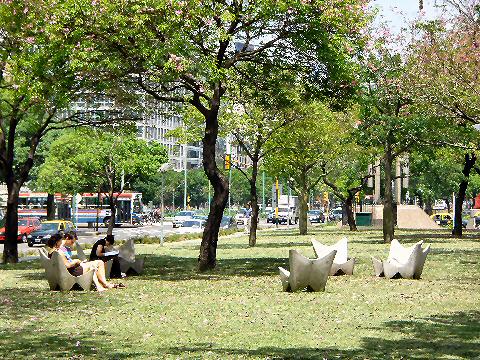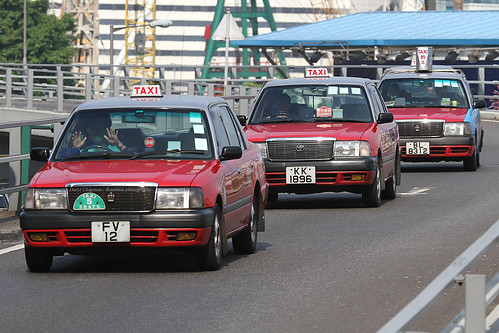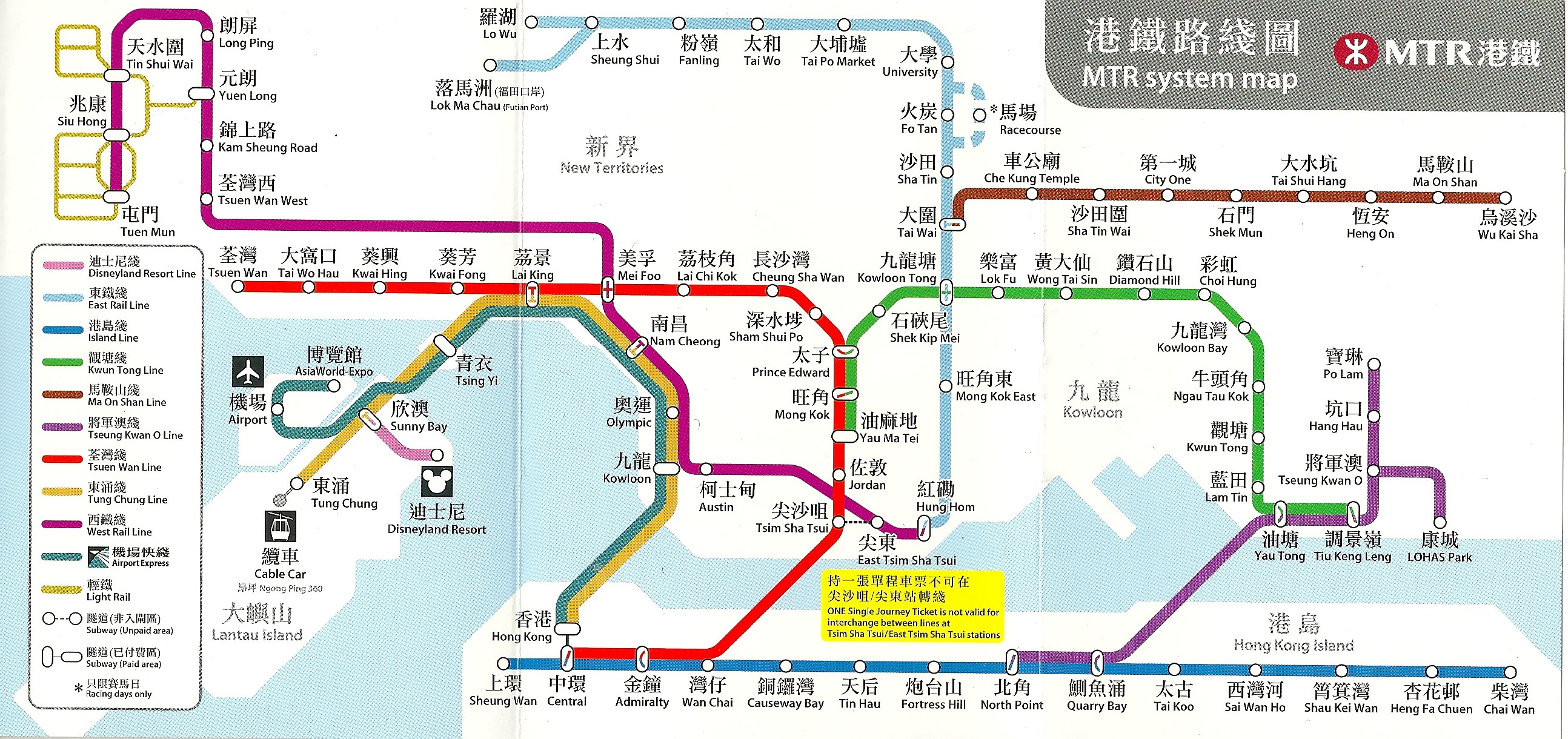So what's the difference between Hong Kong and the US? Well, for starters, Hong Kong is pretty "squashed" together, whereas places and buildings in the US is pretty well spaced out. Hong Kong frequently uses the MTR, taxis, and buses to get around whereas Americans use our personal cars.
Hong Kong is a very urban city with countless skyscrapers and busy streets. Some people may even call it the Chinese version of New York City, maybe a little more squished than NYC. There is quite a bit of walking in Hong Kong, but there's a lot of different kinds of transportation that you can take.
 |
| Buildings in the US are so spaced out that a nice open park is very do-able in many areas. http://www.saltshaker.net/wp-content/9dejulio03.jpg |
VERSUS
 |
| Hong Kong buildings tightly packed together. http://www.nce.co.uk/pictures/586xAny/8/6/8/1307868_2102302032_89418432a5_o.jpg |
Since in the US, everything is more spaced out, it is harder to get to different places with public transportation because you would have to walk from the bus stop to your destination. In Hong Kong, since it is much more compacted, buses have a stop on about every 4 blocks or so and the subway (MTR) has a station every half a mile. Having your own personal car in the US is more convenient than in Hong Kong (because you'd have to find parking on the busy streets and there isn't enough space on the street to do that in the main parts of Hong Kong).Hong Kong is a very urban city with countless skyscrapers and busy streets. Some people may even call it the Chinese version of New York City, maybe a little more squished than NYC. There is quite a bit of walking in Hong Kong, but there's a lot of different kinds of transportation that you can take.
The
three most popular types of transportation in Hong Kong are taxi,
buses, and the MTR, also known as the subway.
Buses
Buses
are one of the
cheapest kind of transportation in Hong Kong. Last time I checked,
the fares are normally $2HKD (currency
will be talked about in a later post).
However, there are many buses and they all have different
destinations.
Before getting onto a bus, you need to know where that
bus is going. Once you're on the bus, you need to pay attention to
the road and call out to the driver for your stop. If you don't call
out, they don't stop at your bus stop. Also, this type of
transportation will take much longer than others because you are
constantly stopping for other passengers.
| http://www.asiatour.com/china/hkphotos/photo_HongKong_light_bus.JPG |
Taxis
 |
| http://farm7.staticflickr.com/6179/6173348311_2ac1e1b115.jpg |
Taxis
are everywhere in Hong Kong.
There are three colors: red for urban taxis, green for New
Territories taxis, and blue for Lantau Island taxis. In the main
parts of Hong Kong, such as Hong Kong City and Kowloon, the red taxis
are used.
There are taxi stands on almost every block. If you can't
find a taxi stand, you can simply just wave down a taxi. You can
usually tell if the taxi is for hire if their “TAXI” signs on the
top of the cab and their small “FOR HIRE” signs inside the cab is
both lit up. If they are not, it means that the taxi currently has a
passenger.
 |
| http://first2board.com/foodwineandmiles/files/2014/01/hong-kong-taxis.jpg |
Taxis
are pretty easy to use—all you can do is tell the driver your
destination and they will take you there. However, some, not a lot,
drivers will purposely take a small detour so the fare would be
higher. They charge for every luggage they put in the trunk, and some
only take 3, 4, or 5 passengers. They usually have a sign on the car
that says how many available seats there are.
Taxis
are usually one of the
most
expensive type of transportation, but it is the least confusing one.
MTR
The
Mass Transit Railway (MTR) is
the subway in Hong Kong that most residents take daily. There is at
least one station every 15-20 minute walk from each other, and there
are multiple exits per station so it is more spread out and it's
easier to reach your destination. There are kiosks where you can pay
a relatively cheap fare (depending on your destination) and it will
distribute your tickets. You
can take the MTR from one side of urban Hong Kong to the other side
in minutes, to Disneyland Hong Kong in 30 minutes, to the airport in
45 minutes, and to the train that takes you to the border of China.
The
MTR can be confusing at first to use, but there are maps on every
underground level of the MTR and
there is a MTR that comes
every 2 minutes, so if it's
during rush hour, there isn't too many people crowded around you.
Recommendation
It
rains throughout the year in Hong Kong. When it's raining, buses and
taxis are usually all fully occupied because people don't want to get
wet in the rain or walk the short distance to the MTR station. You
would think the MTR station would be all gross and
wet from people walking through, but
MTR usually station their
janitors in the main areas of the MTR station to wipe up the mess, so
it's pretty clean for a rainy day.
Besides,
in Hong Kong rush hour, you wouldn't want to take a taxi or a bus. It
will probably take too long
to get to your destination due to a lot of jay-walkers and traffic
lights. The MTR, in my opinion,
is much more favorable, faster, and convenient.


No comments:
Post a Comment